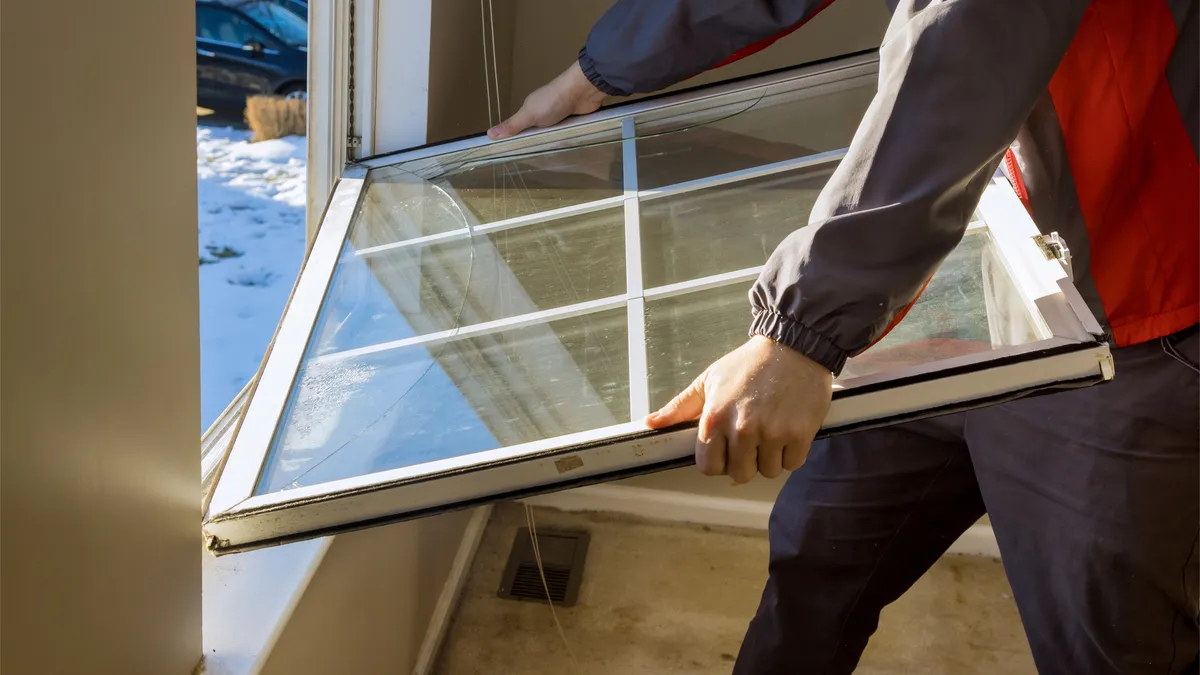Dive Brief:
- Electric utility efforts to help customers reduce energy consumption and monthly bills have “stagnated,” the American Council for an Energy-Efficient Economy said in a report published Thursday. The group identified a nearly 5% decline in efficiency program spending from 2018 to 2021.
- Energy savings dropped 5.4% across the same period. Most utilities, regulators and state policymakers “should do a lot more to help reduce energy waste,” said Mike Specian, utilities manager at ACEEE and lead author of the Utility Energy Efficiency Scorecard.
- Eversource Massachusetts topped ACEEE’s scorecard for the third consecutive time, ACEEE said. Ohio Edison, a FirstEnergy utility, was last among the 53 utilities that were ranked on the basis of their policy and program efforts.
Dive Insight:
Electric utility spending on energy efficiency is down 4.9% since 2018, which has contributing to a 19% drop in peak demand reduction, according to ACEEE’s assessment.
Spending “is a critical indicator of a utility’s commitment to energy efficiency,” ACEEE said. As a percentage of a utility’s revenues, spending on efficiency programs dropped from 2.58% in 2018 to 2.23% in 2021.
“As you might expect, this has negatively impacted savings,” Specian said in a webinar discussing the findings. “In 2018, utilities are saving an average of 1.03% of their annual sales through efficiency. Three years later, overall savings in absolute terms have dropped ... to an average of 0.91%.”
Likewise, energy efficiency went from shaving about 0.8% off peak demand, to 0.7%, he added. “I would characterize all these trends as moving in the wrong direction,” Specian said.
Utilities do not have total control over their efficiency spending, ACEEE officials noted. Ohio utilities essentially had efficiency programs canceled by state lawmakers in 2019.
Edison Ohio, which ranks last in ACEEE’s scorecard, scored just 2.5 points out a possible 100. The utility did not respond to a request for comment. AEP Ohio and Duke Energy Ohio scored in the bottom five of the scorecard.
“Even if we were to remove from consideration the three Ohio utilities that had their efficiency programs canceled, efficiency spending is still down over 2% nationally on average, and efficiency savings are about the same as they were three years ago,” Specian said.
Florida Power & Light was ranked next to last in ACEEE’s scorecard, at 52. A spokesperson for FPL parent company NextEra Energy said the utility has “long believed in empowering our customers to make energy-efficient choices that are right for them,” and “we communicate about energy efficiency year-round.”
FPL offers energy savings tips and programs, “including one of the largest demand side management programs in the country,” he said.
ACEEE’s scorecard did reveal “some positive developments on low income programs,” Specian noted. Utilities have increased low income spending 17% since the last scorecard, going from 10.7% of their efficiency program budgets on average, to 12.8%.
“So this is certainly a trend in the right direction, but those spending and savings levels, we would argue, are still too low,’ he said. “We know that low income programs typically require more spending per customer to achieve the same benefit.”














